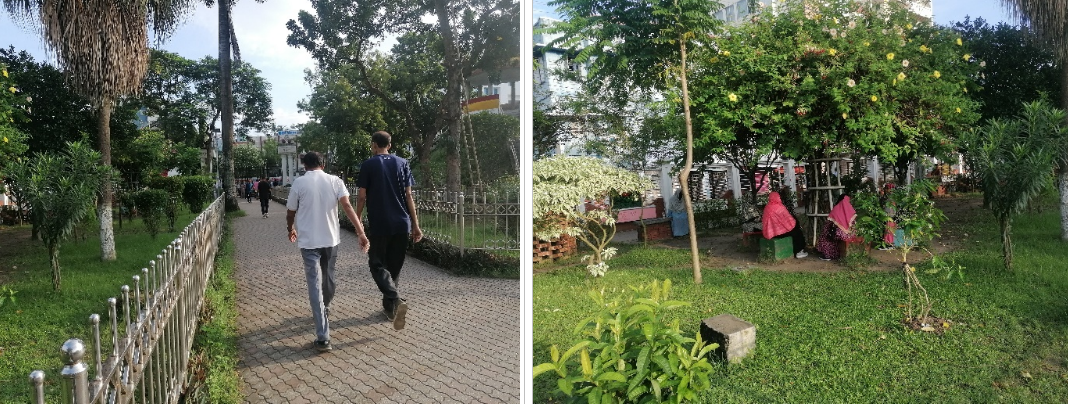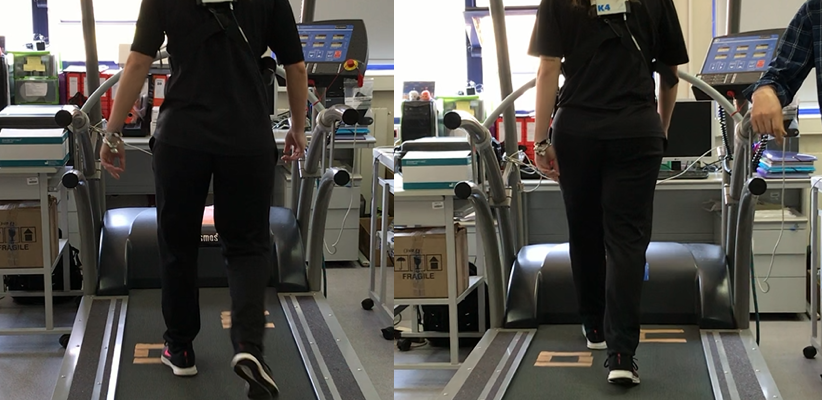City Know-hows

Public open spaces (e.g., parks, sports fields) are important for people to be physically active. However, previous studies, mostly conducted in Western countries, show that people are predominantly sedentary in such spaces. We found that public open space users were more active in Asia, suggesting a potential contribution of such spaces to people’s health.
Share
Target audience
Urban planners, park managers, health advocates
The problem
We know from existing studies that people spend most of time sitting in public open spaces in Western countries. However, there are just a few studies on public open space use carried out in Asian countries.
What we did and why
We conducted an on-site intercept survey in 10 public open spaces in Bangladesh and the Philippines. We collected data from 804 adult participants who reported the duration of active use (walking, running, sports) and sedentary use (sitting, standing) while they were in public open spaces.
Our study’s contribution
We found that participants on average spent about 70% of the time in public open spaces being active, while 30% was spent being sedentary. The proportion of active use is much higher than that reported in studies from Western countries but similar to that reported in China and Thailand. We also found that women and older adults were less likely to be active compared to their counterparts.
Impacts for city policy and practice
The findings of this study suggest that public open spaces in Asian countries can contribute to public health through promoting physical activity. Public health initiatives to encourage more people to visit public open spaces and environmental initiatives to create more open spaces can help to increase physical activity in these countries.
Further information
Full research article:
Active and sedentary use of public open spaces in Asian countries by Takemi Sugiyama, Masaaki Sugiyama, Elizabeth Carig, Dyanika Nolasco, Walid Hossain, Abdus Subhan Mollick and Tapan Kumar Nath.
Related posts

This study measured the effectiveness of stepping stones as an element of landscape design – to make walking a more effective form of exercise for health. The average increase in heart rate due to steppingstones was 17.22%. In conclusion, we estimate that stepping stones can significantly increase peoples metabolic and physiological parameters, and can help the wider population to achieve the recommended government and health guidelines of ‘moderate exercise’ of 150 min/week, improving population health. This new evidence can help designers to implement ‘Active Urbanism’ strategies.

Integrating green spaces into urban planning is crucial for public health. This framework guides cities in evaluating and optimizing their green space strategies to promote health and sustainability, aligning with WHO’s Healthy Cities initiative.

This paper explores the relationship between parents’ sense of belonging and their children’s independent mobility. We found that parental satisfaction with their living environment can be influenced by their sense of belonging, ultimately creating a community with more independent children.